Chaga mushrooms have earned their reputation as the "king of medicinal mushrooms" through centuries of traditional use and modern scientific validation. However, unlike typical culinary mushrooms, chaga requires specific preparation methods to unlock its full therapeutic potential. Whether you've harvested wild chaga or purchased it commercially, proper preparation is essential for creating effective extracts, teas, and other beneficial products.
This comprehensive guide covers everything you need to know about preparing chaga mushrooms, from initial processing and drying to creating various extracts and preparations. By mastering these techniques, you'll maximize the bioavailability of chaga's beneficial compounds while ensuring safety and quality throughout the process.

Understanding Chaga: What You're Working With
Chaga (Inonotus obliquus) isn't technically a mushroom in the traditional sense—it's a sclerotium, a dense mass of hardened mycelium that forms on birch trees as the fungus slowly consumes the tree from within. This unique nature directly impacts how chaga must be prepared and processed.
The Structure of Chaga
Exterior Characteristics The outer layer of chaga appears black and charcoal-like, resembling burnt charcoal clinging to birch bark. This sterile exterior protects the valuable interior from environmental contamination and must be cleaned but not completely removed during preparation.
Interior Composition The interior reveals a beautiful rust-orange color with a cork-like texture. This is where most of chaga's beneficial compounds concentrate, including betulinic acid, polysaccharides, triterpenes, and antioxidants that give chaga its therapeutic properties.
Density and Hardness Fresh chaga is extremely dense and hard, often requiring specialized tools for initial breakdown. This density concentrates the beneficial compounds but makes proper preparation techniques essential for extraction.
Quality Assessment Before Preparation
Visual Inspection Quality chaga should display a deep black exterior with no signs of mold or unusual discoloration. The interior should show the characteristic orange-brown color without dark spots or unusual growths that might indicate contamination.
Aroma Evaluation Fresh chaga possesses a subtle, earthy aroma with slight vanilla undertones. Any sour, musty, or off-putting odors suggest contamination or poor quality that makes the material unsuitable for preparation.
Texture Analysis Good chaga feels solid and dense without soft spots or crumbling areas. The material should require significant force to break apart, indicating proper density and concentration of active compounds.
Harvesting and Initial Processing
Sustainable Harvesting Practices
Timing Considerations Harvest chaga during late fall through early spring when the tree's sap isn't flowing. This timing ensures maximum concentration of beneficial compounds while minimizing tree stress and environmental impact.
Proper Harvesting Technique Leave at least 20-30% of the chaga conk on the tree to allow regeneration. Use sharp tools to make clean cuts rather than breaking or tearing the material. Never harvest the entire conk, as this can prevent future growth and damage the host tree.
Host Tree Selection Only harvest from birch trees (Betula species), as chaga's beneficial properties depend on this symbiotic relationship. Avoid trees in polluted areas, near roadsides, or in areas with potential contamination.
Initial Cleaning and Processing
Cleaning the Exterior Remove loose bark, debris, and any obviously contaminated areas using a stiff brush or knife. However, don't remove all the black exterior—this layer contains important compounds and helps preserve the interior during processing.
Size Reduction Break or cut fresh chaga into manageable pieces, typically 1-3 inch chunks. This initial size reduction makes subsequent processing much easier while maintaining the integrity of the beneficial compounds.
Contamination Prevention Work in clean conditions and inspect each piece for signs of mold, insect damage, or other contamination. Remove any questionable sections to prevent compromising the entire batch.
Drying Methods for Long-Term Storage
Proper drying is crucial for long-term chaga storage and subsequent preparation methods. Different drying techniques can affect the concentration and stability of beneficial compounds.
Air Drying Method
Setup Requirements Create a well-ventilated, dry environment with good air circulation. Use screens or racks that allow air flow around all surfaces of the chaga pieces. Avoid direct sunlight, which can degrade some beneficial compounds.
Timeline and Monitoring Air drying typically takes 2-4 weeks depending on humidity levels and piece size. Monitor regularly for signs of mold or contamination. Properly dried chaga should feel completely dry throughout and sound hollow when tapped.
Optimal Conditions Maintain temperatures between 60-80°F (15-27°C) with humidity levels below 60%. Higher temperatures speed drying but may reduce beneficial compounds, while excessive humidity can promote mold growth.
Dehydrator Method
Temperature Settings Use temperatures between 95-115°F (35-46°C) for optimal compound preservation. Higher temperatures dry faster but may reduce the concentration of heat-sensitive beneficial compounds.
Processing Time Dehydrator drying typically takes 12-24 hours depending on piece size and initial moisture content. Check periodically and rotate pieces for even drying throughout the process.
Quality Verification Properly dehydrated chaga should break cleanly without bending and show no signs of residual moisture in the center. Store immediately in airtight containers to prevent moisture reabsorption.
Oven Drying (Emergency Method)
Low Temperature Protocol Use the lowest oven setting (ideally 170°F/77°C or lower) with the door slightly ajar to allow moisture escape. This method requires careful monitoring to prevent overheating and compound degradation.
Monitoring and Safety Check every 30-60 minutes and rotate pieces for even drying. Watch carefully for signs of overheating, which can reduce therapeutic value and create bitter flavors in subsequent preparations.
Processing Dried Chaga for Different Applications
Once properly dried, chaga can be processed into various forms depending on intended use. Each processing method optimizes different aspects of chaga's beneficial compounds.
Creating Chaga Chunks for Tea
Optimal Size Range Break or cut dried chaga into pieces roughly 0.5-1 inch in size for optimal tea brewing. This size provides good surface area for extraction while preventing over-extraction that can create excessive bitterness.
Processing Tools Use heavy-duty kitchen shears, a cleaver, or specialized mushroom processing tools. A hammer and chisel work well for particularly hard pieces, but wrap the chaga in a clean towel to prevent scattering.
Storage Considerations Store processed chunks in airtight containers away from light and moisture. Properly stored chaga chunks maintain quality for 2-3 years when kept in optimal conditions.
Making Chaga Powder
Grinding Equipment High-powered blenders, coffee grinders, or spice mills work well for small batches. For larger quantities, consider dedicated mushroom powder mills or commercial-grade equipment.
Grinding Technique Process in small batches to prevent overheating, which can reduce beneficial compounds. Pulse rather than running continuously, and allow cooling between sessions for best results.
Powder Applications Chaga powder works excellently in smoothie recipes, capsules, and various culinary applications. The increased surface area allows for faster extraction and easier incorporation into foods and beverages.
Preparing Chaga Tinctures
Alcohol Extraction Method Use high-proof alcohol (40-50% alcohol content) to extract alcohol-soluble compounds like betulinic acid and triterpenes. The alcohol extraction method complements water-based preparations by capturing different beneficial compounds.
Double Extraction Process Combine water and alcohol extractions for maximum compound diversity. Start with water extraction to capture polysaccharides, then use alcohol extraction on the same material to extract triterpenes and other alcohol-soluble compounds.
Concentration and Storage Properly prepared tinctures concentrate chaga's beneficial compounds for convenient daily use. Store in dark glass bottles away from heat and light to maintain potency for 2-3 years.

Advanced Preparation Methods
Creating Concentrated Extracts
Water Extract Preparation Simmer chaga chunks in water for 3-6 hours to create concentrated water extracts rich in polysaccharides and water-soluble compounds. This method forms the foundation for traditional chaga tea preparations.
Reduction and Concentration Reduce the liquid through continued simmering to concentrate beneficial compounds. A 10:1 reduction ratio typically provides optimal concentration while maintaining palatability and beneficial compound integrity.
Quality Control Monitor color, aroma, and taste throughout the concentration process. Properly prepared extracts should display deep brown coloration with earthy, slightly vanilla-like flavors without excessive bitterness.
Creating Chaga Coffee Alternatives
Roasting Techniques Lightly roast dried chaga pieces to develop coffee-like flavors while preserving beneficial compounds. Use low temperatures (200-250°F/93-121°C) and monitor carefully to prevent burning.
Grinding and Brewing Grind roasted chaga to coffee-like consistency and brew using standard coffee methods. This creates a caffeine-free alternative with unique flavors and therapeutic benefits.
Flavor Enhancement Combine with other beneficial mushrooms, adaptogens, or spices to create custom blends. Consider additions like cinnamon, cardamom, or other warming spices that complement chaga's natural flavors.
Safety Considerations and Quality Control
Contamination Prevention
Clean Processing Environment Maintain clean work surfaces, tools, and storage containers throughout all preparation steps. Contamination during processing can compromise the entire batch and potentially create health risks.
Moisture Control Ensure complete drying and proper storage to prevent mold growth during storage. Any signs of mold or unusual growth require immediate disposal of affected material.
Tool Sterilization Clean and sterilize all processing tools between batches and before use. This prevents cross-contamination and maintains the quality of your prepared chaga products.
Storage Best Practices
Container Selection Use airtight glass or food-grade plastic containers for storing processed chaga. Avoid containers that might impart flavors or allow moisture penetration during storage.
Environmental Conditions Store in cool, dry, dark locations away from temperature fluctuations. Basements, pantries, or dedicated storage areas typically provide optimal conditions for long-term storage.
Rotation and Monitoring Use older batches first and regularly inspect stored chaga for signs of deterioration. Properly stored chaga maintains quality for 2-3 years but benefits from regular monitoring.
Frequently Asked Questions About Chaga Preparation
Do I need to remove all the black exterior when preparing chaga?
No, you should not remove all the black exterior when preparing chaga. The black sclerotial layer contains important beneficial compounds and acts as a natural preservative. Simply clean off loose bark, debris, and any obviously contaminated areas, but leave most of the black layer intact. This outer layer contributes to chaga's therapeutic properties and helps maintain quality during processing and storage.
What's the difference between preparing wild-harvested versus purchased chaga?
Wild-harvested chaga requires more initial cleaning and inspection for contamination, insects, or damage, while commercial chaga is typically pre-cleaned and quality-controlled. However, the preparation methods remain the same once you have clean, quality material. Wild chaga may offer superior potency if properly harvested from healthy birch trees in clean environments, but commercial sources provide consistency and convenience for most users.
How long does properly prepared chaga last in storage?
Properly dried and stored chaga chunks maintain quality for 2-3 years when kept in airtight containers in cool, dry, dark conditions. Chaga powder has a slightly shorter shelf life (1-2 years) due to increased surface area exposure to air and moisture. Tinctures and liquid extracts typically maintain potency for 2-3 years when stored in dark glass bottles away from heat and light.
Can I use a regular coffee grinder to make chaga powder?
Yes, a high-quality coffee grinder or spice mill works well for making chaga powder from properly dried pieces. However, chaga is quite hard, so ensure your grinder can handle tough materials. Process in small batches to prevent overheating, and pulse rather than running continuously. Clean the grinder thoroughly before and after use to prevent cross-contamination with other materials.
Is it safe to prepare chaga at home, or should I buy commercial preparations?
Home preparation is safe when following proper techniques and using quality chaga from reputable sources. Many people prefer home preparation for cost savings and quality control. However, commercial preparations offer convenience and standardized concentrations. The choice depends on your experience level, available time, and preference for control over the preparation process. Start with small batches to develop skills before processing larger quantities.
Key Takeaways for Successful Chaga Preparation
Proper chaga preparation begins with quality raw material and follows through with appropriate processing techniques that preserve beneficial compounds while ensuring safety and long-term storage stability. The unique nature of chaga as a sclerotium requires specific approaches different from typical mushroom processing.
Drying is the most critical step for long-term storage and subsequent processing success. Complete moisture removal prevents contamination while concentrating beneficial compounds for maximum therapeutic value.
Different preparation methods optimize different aspects of chaga's beneficial compounds, allowing customization based on intended use and personal preferences. From traditional tea preparations to modern concentrated extracts, proper technique ensures optimal results.
Transform Chaga Into Your Daily Wellness Ritual
Ready to unlock the full potential of chaga mushrooms through proper preparation? Whether you're working with wild-harvested chaga or commercial sources, mastering these preparation techniques ensures you get maximum benefits from this remarkable superfood.
Explore the complete collection of chaga preparation methods and recipes to discover creative ways to incorporate properly prepared chaga into your daily routine. From energizing morning beverages to therapeutic evening teas, properly prepared chaga offers versatile options for supporting your wellness goals.
For those interested in expanding beyond chaga, discover the fascinating world of medicinal mushrooms and learn about other beneficial fungi that can complement your wellness routine. Consider investing in quality mushroom growing equipment to explore cultivating your own medicinal mushrooms and creating a complete fungi-based wellness system.
Start your chaga preparation journey today and experience the satisfaction of transforming this ancient superfood into powerful, beneficial preparations that support your health and wellbeing naturally.

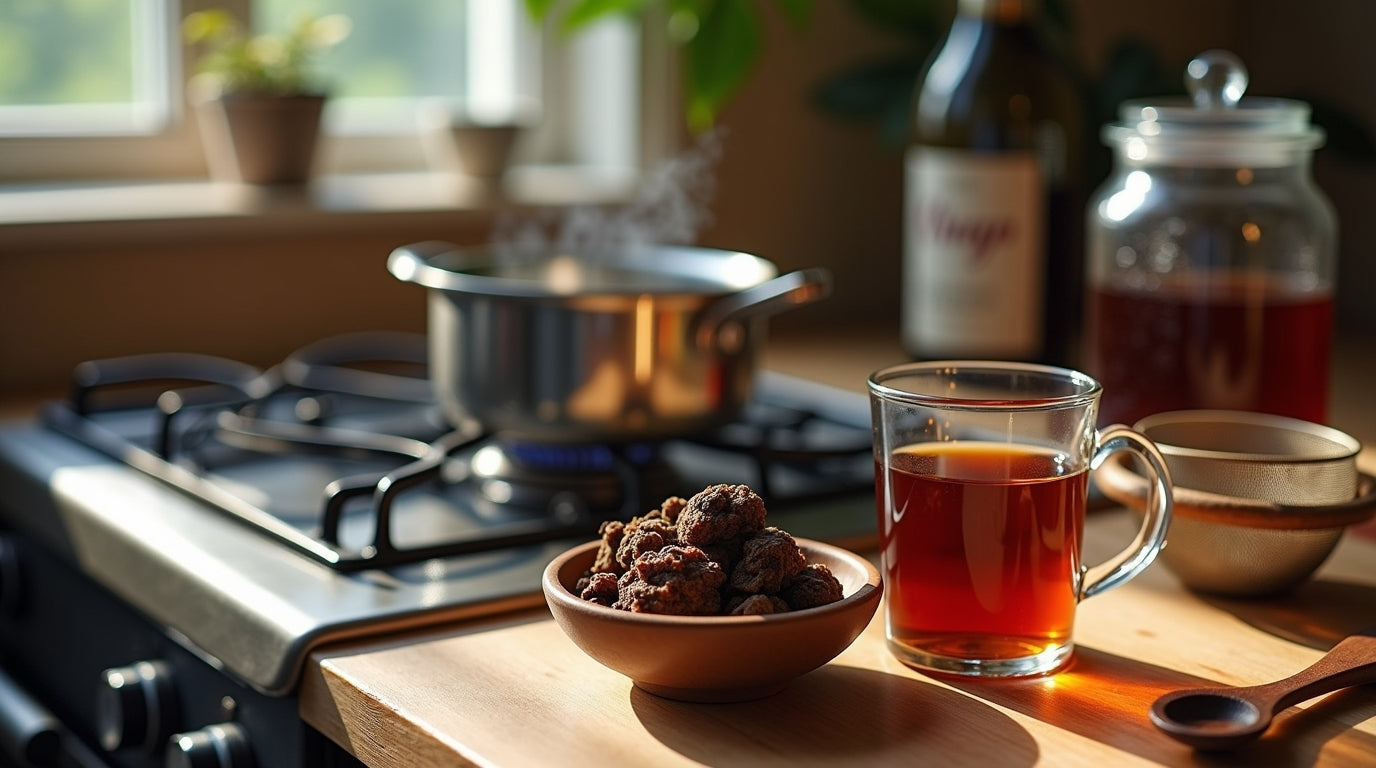

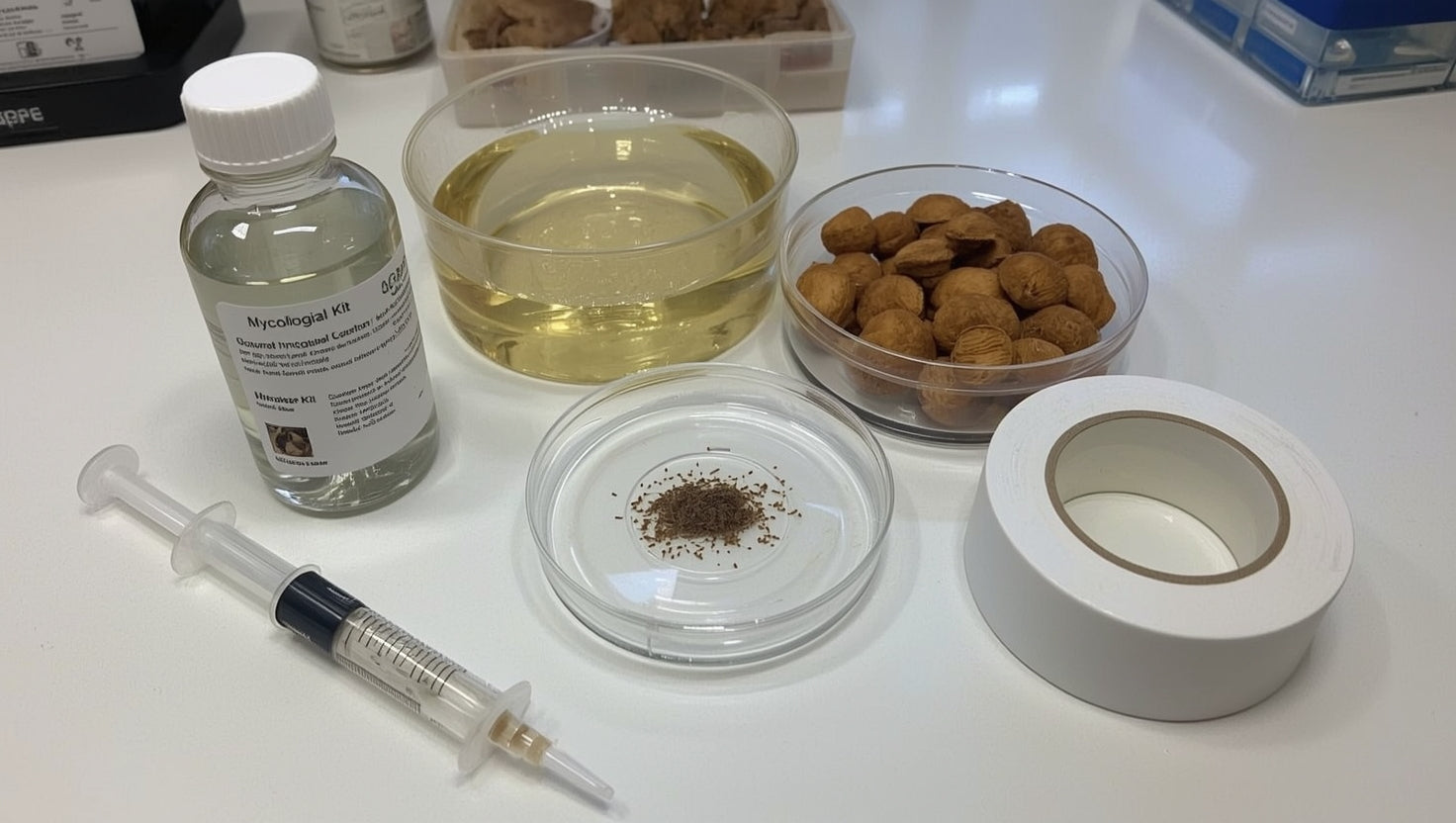
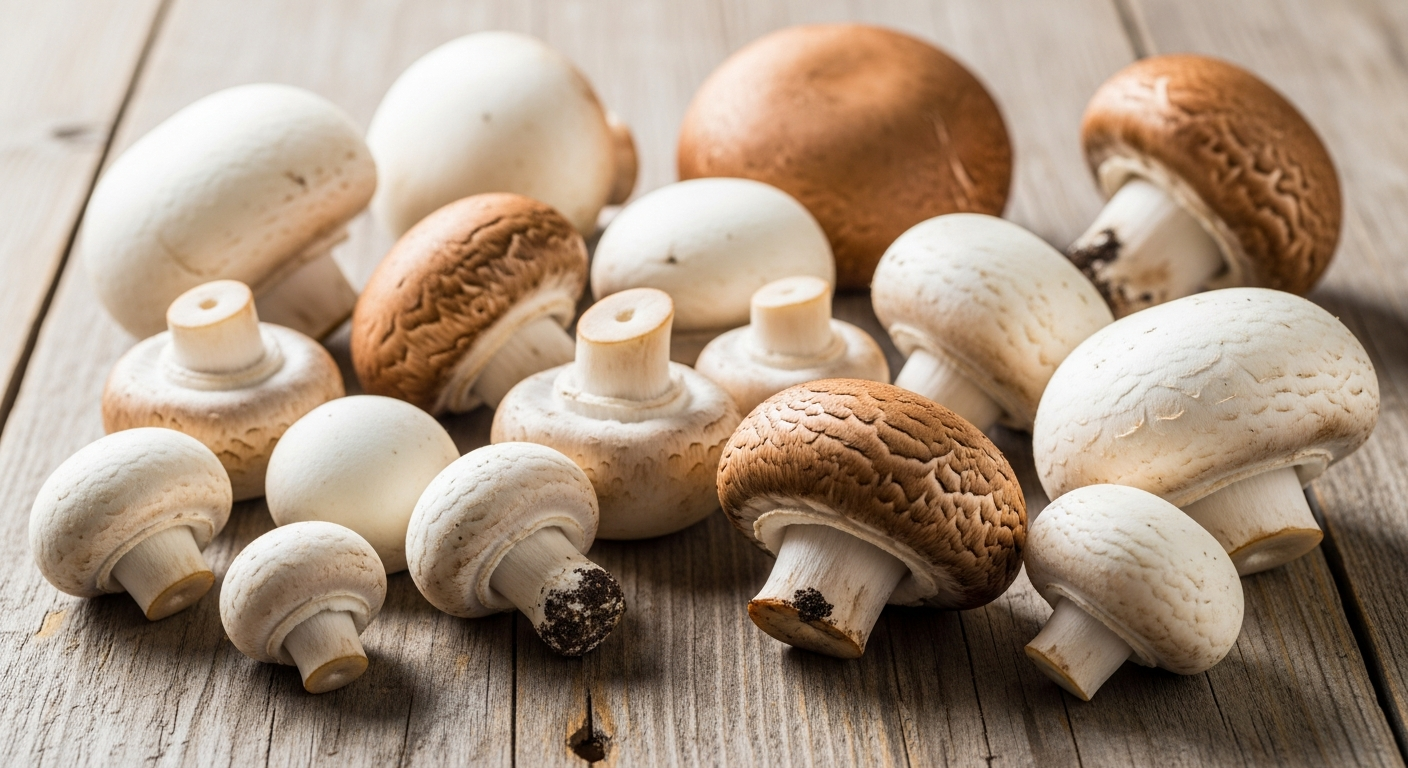
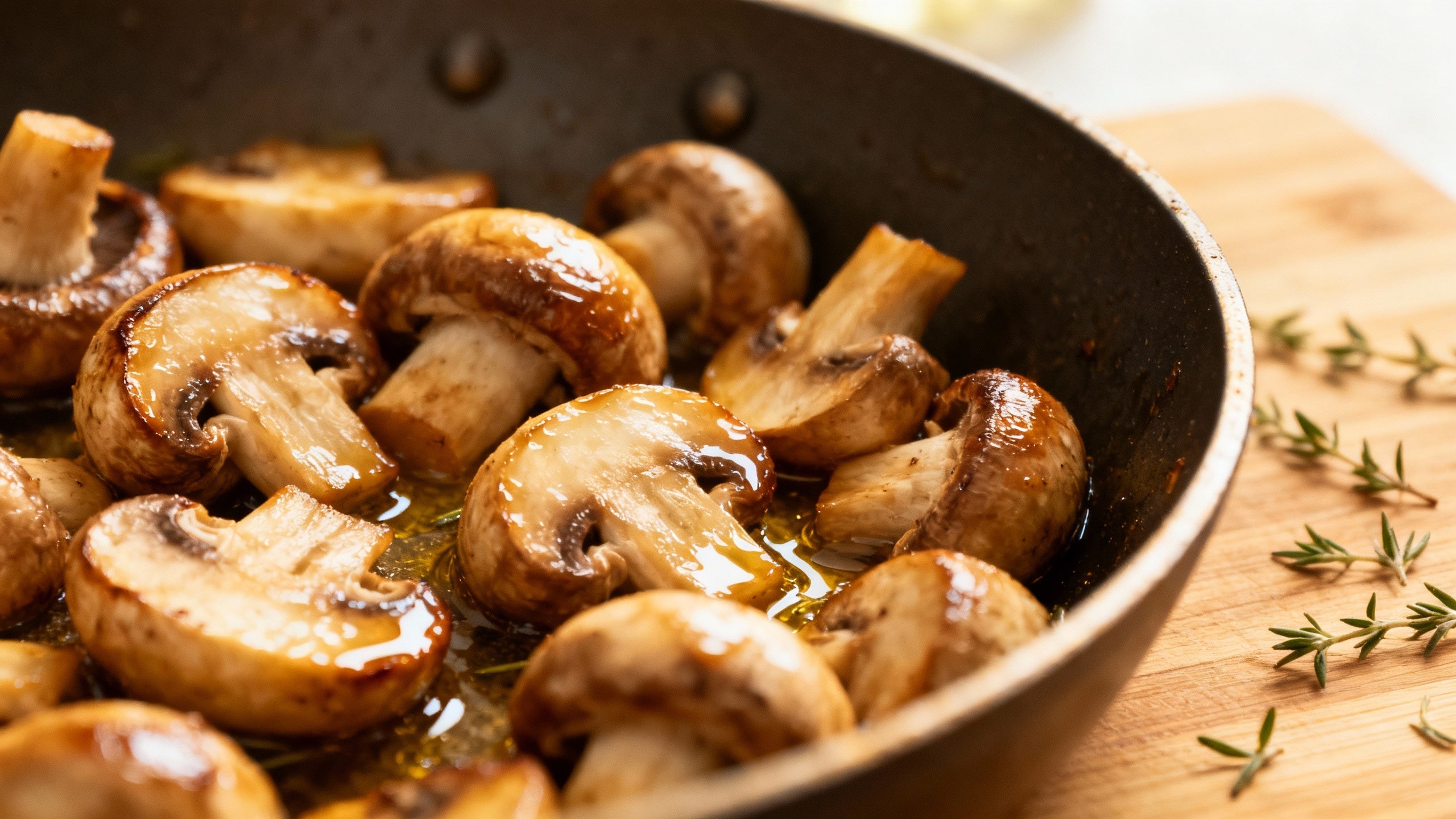

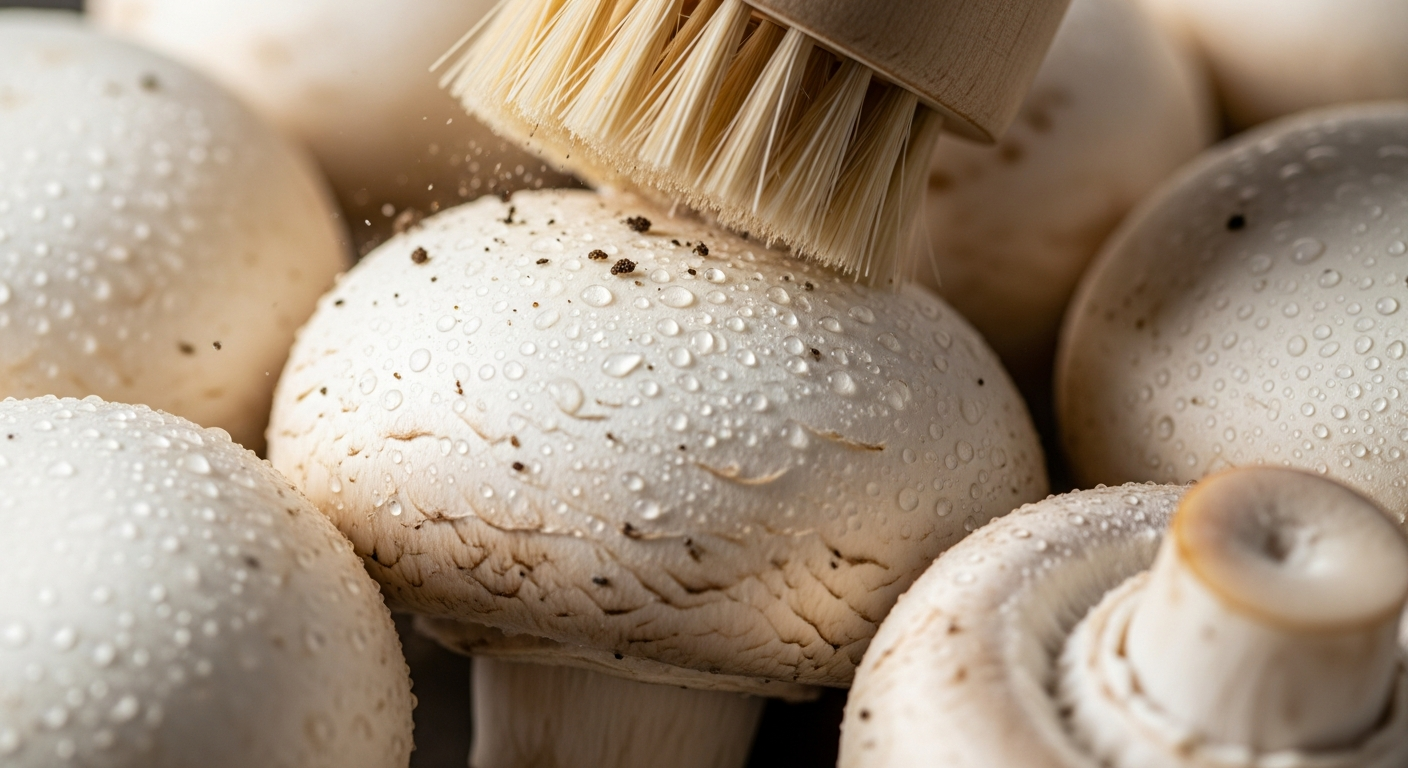
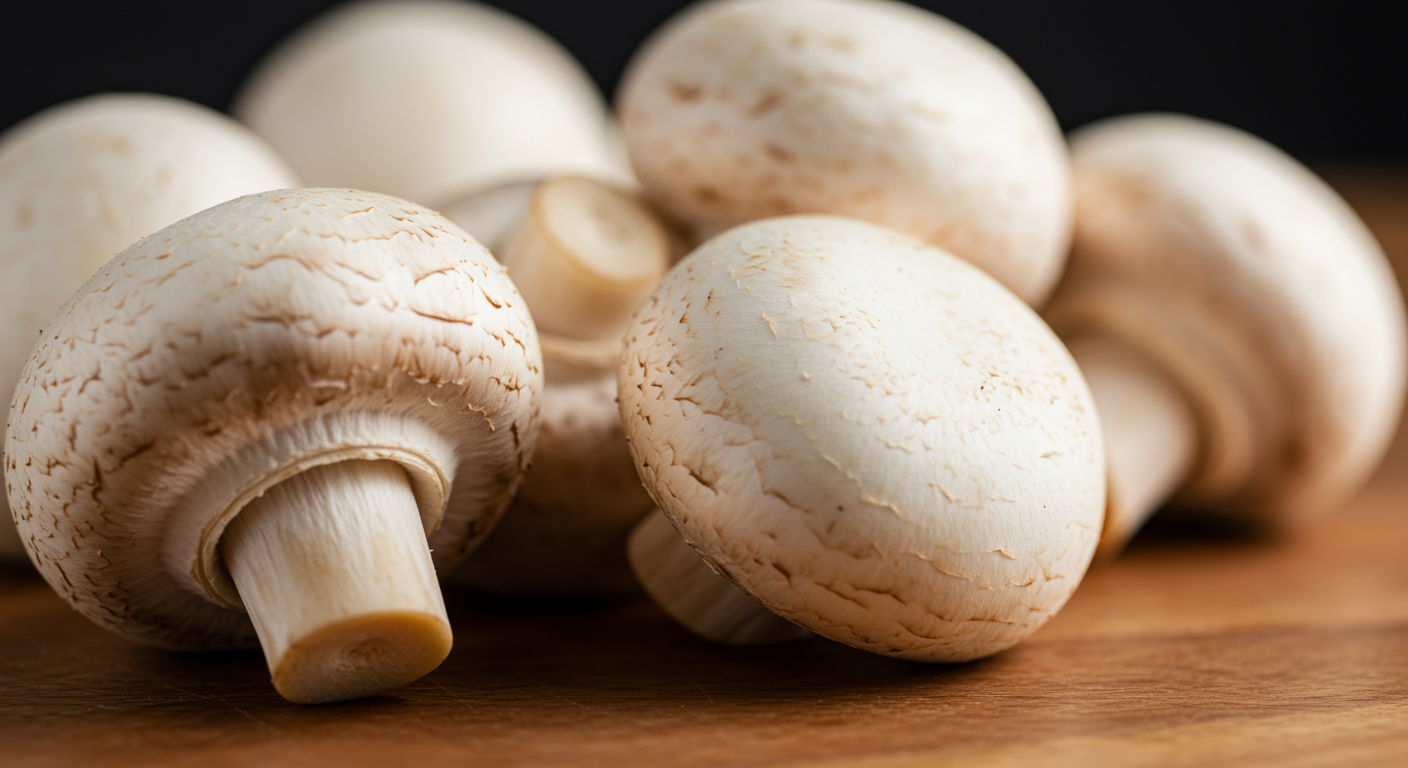
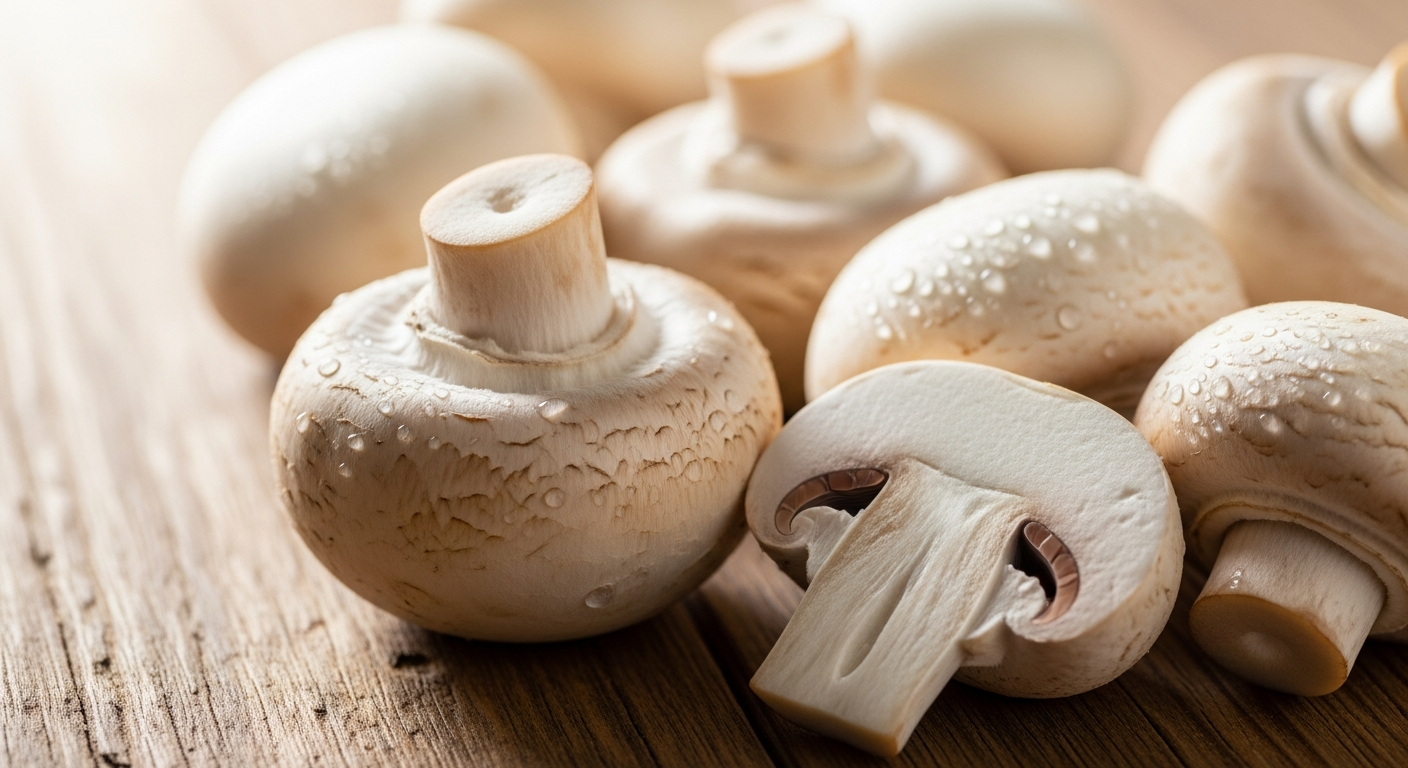
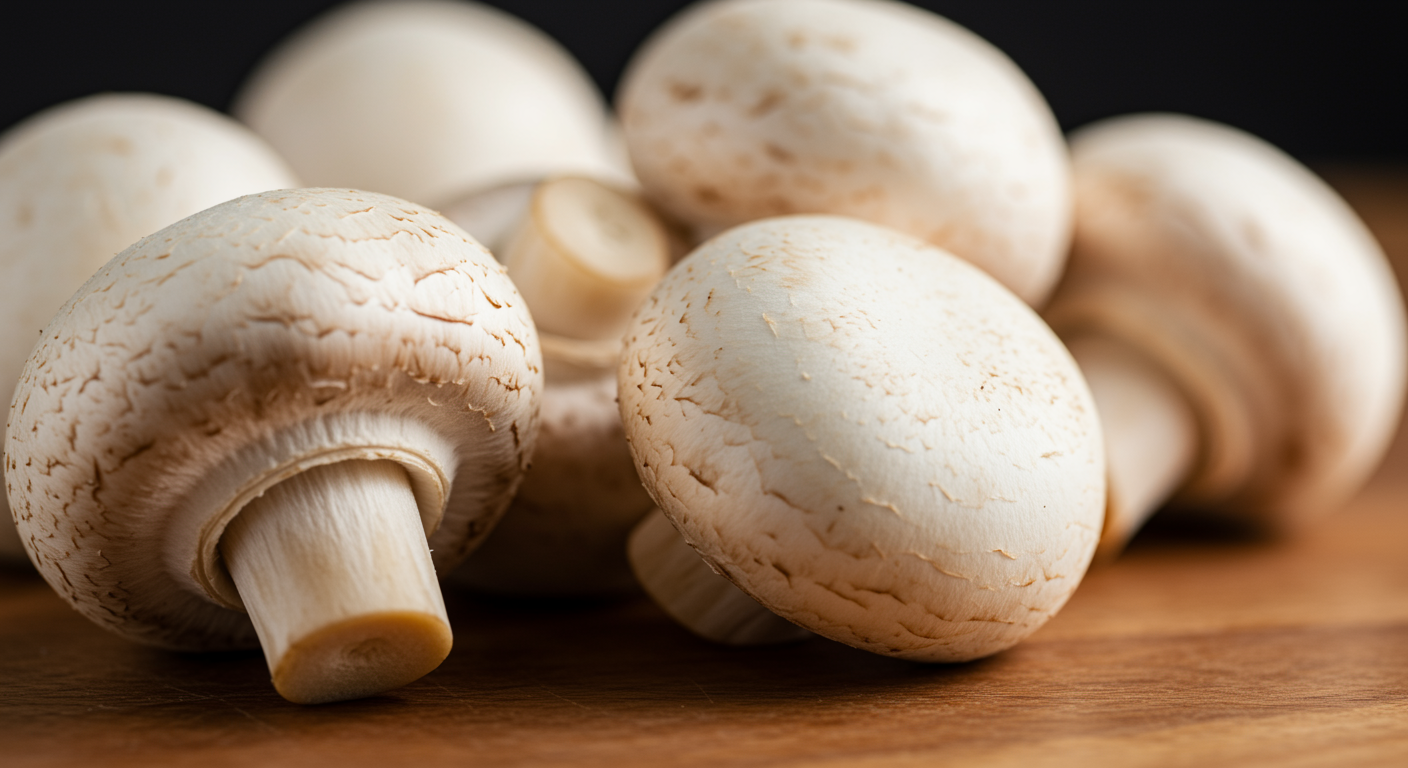
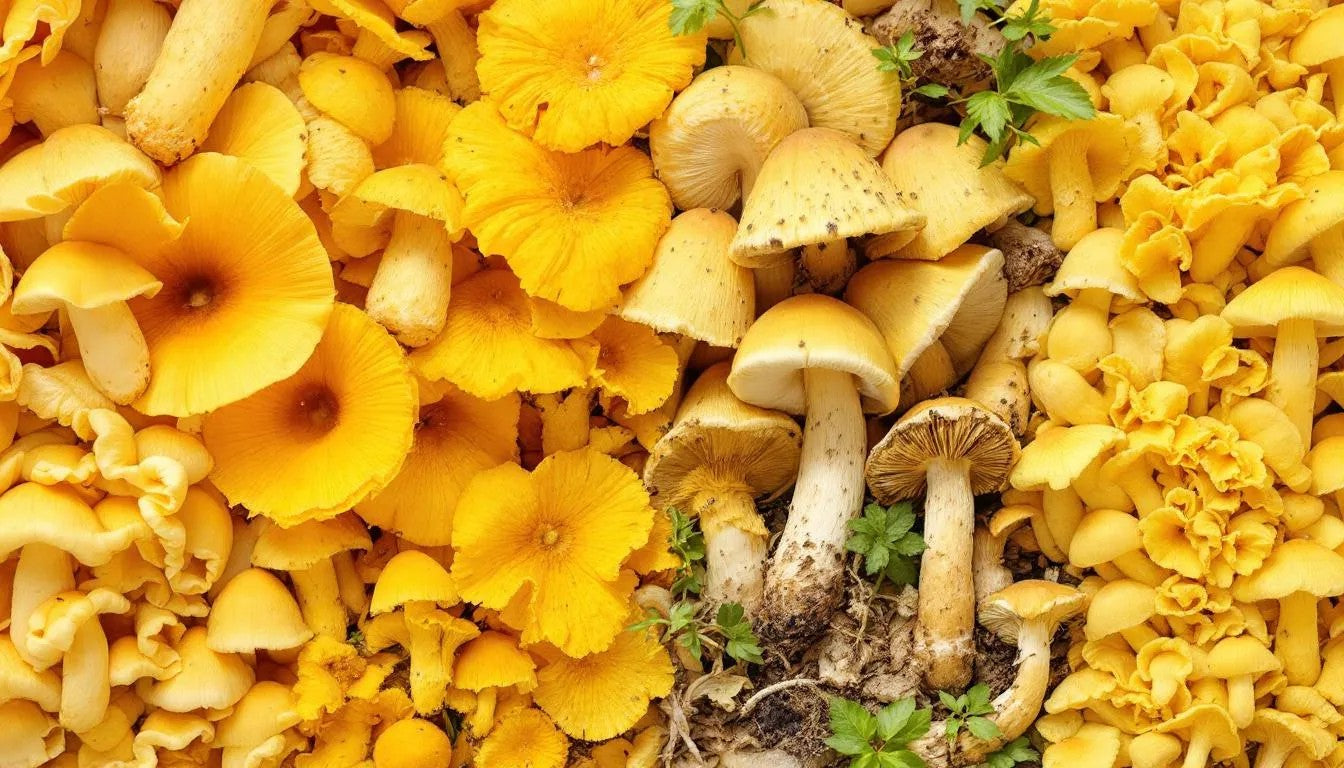

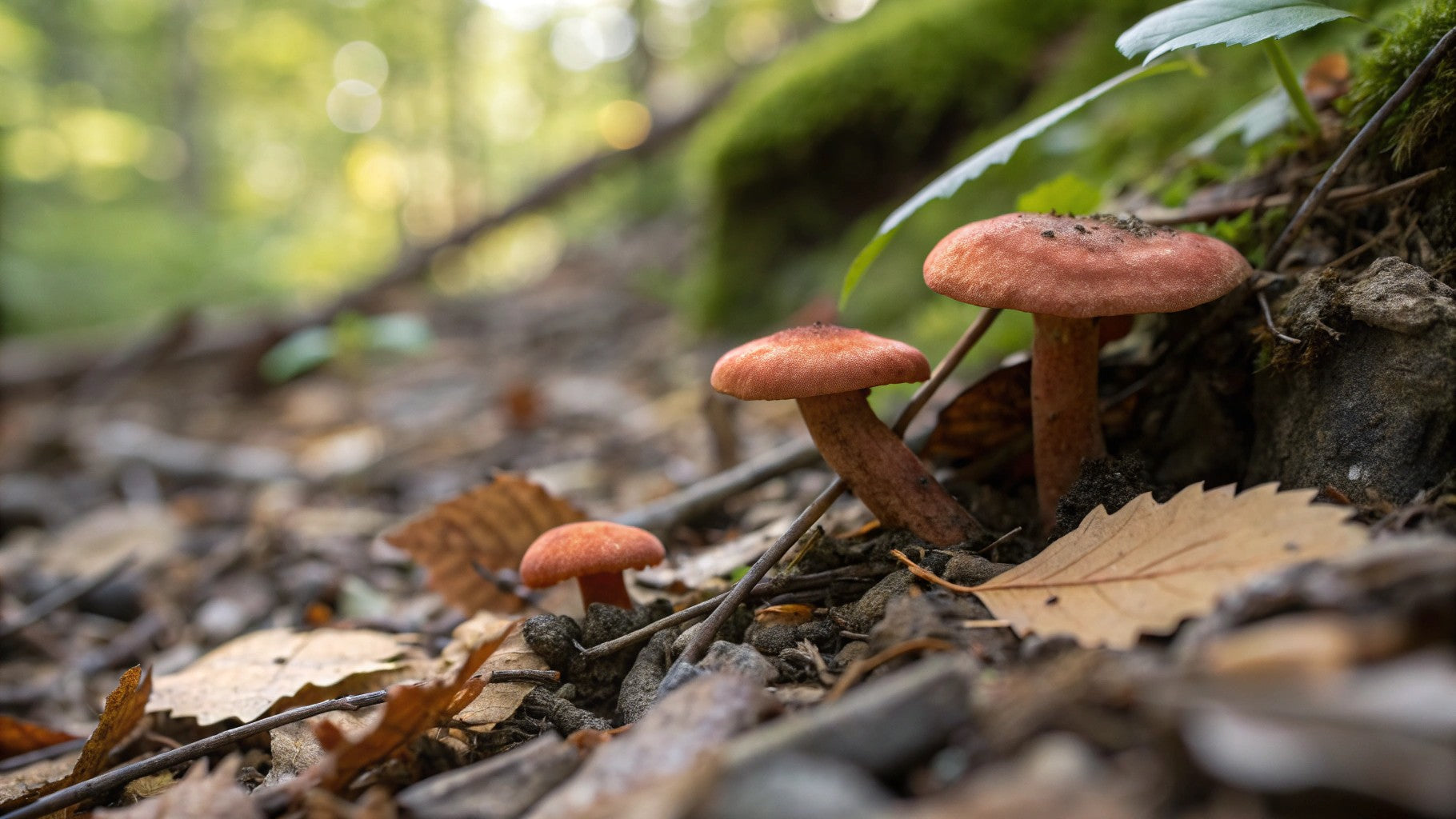
Share:
Mushroom Grow Kit: Your Complete Guide to Growing Fresh Mushrooms at Home
Oyster Mushroom Bucket: Your Complete Guide to DIY Home Cultivation